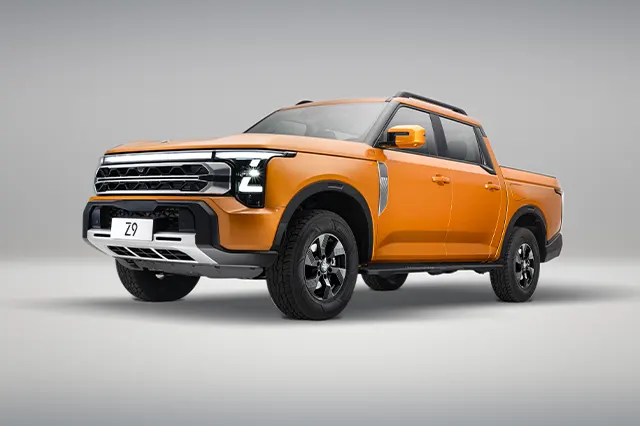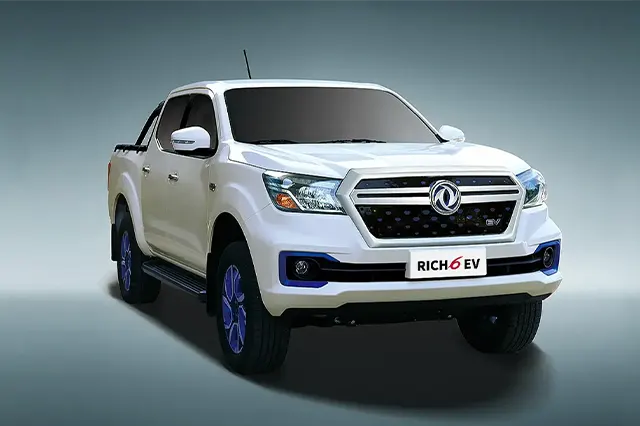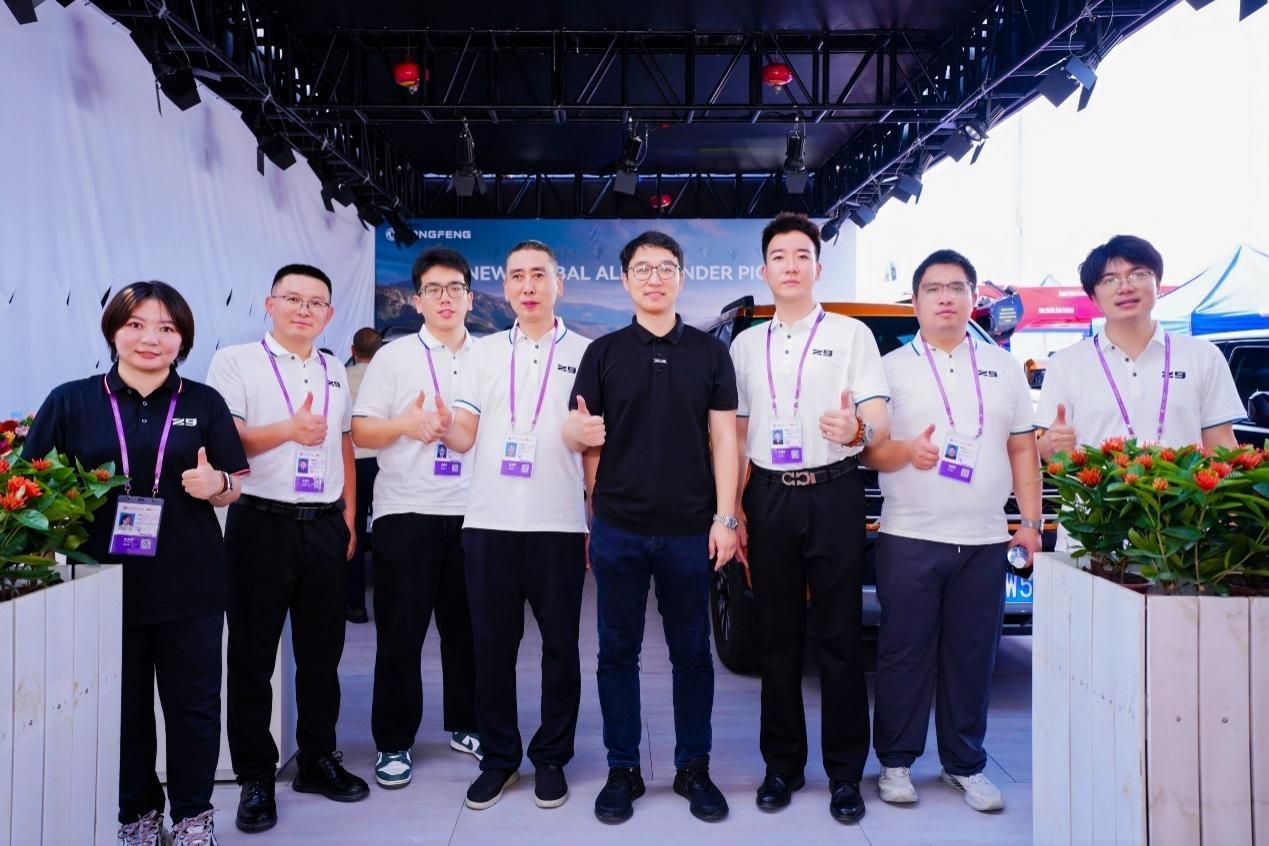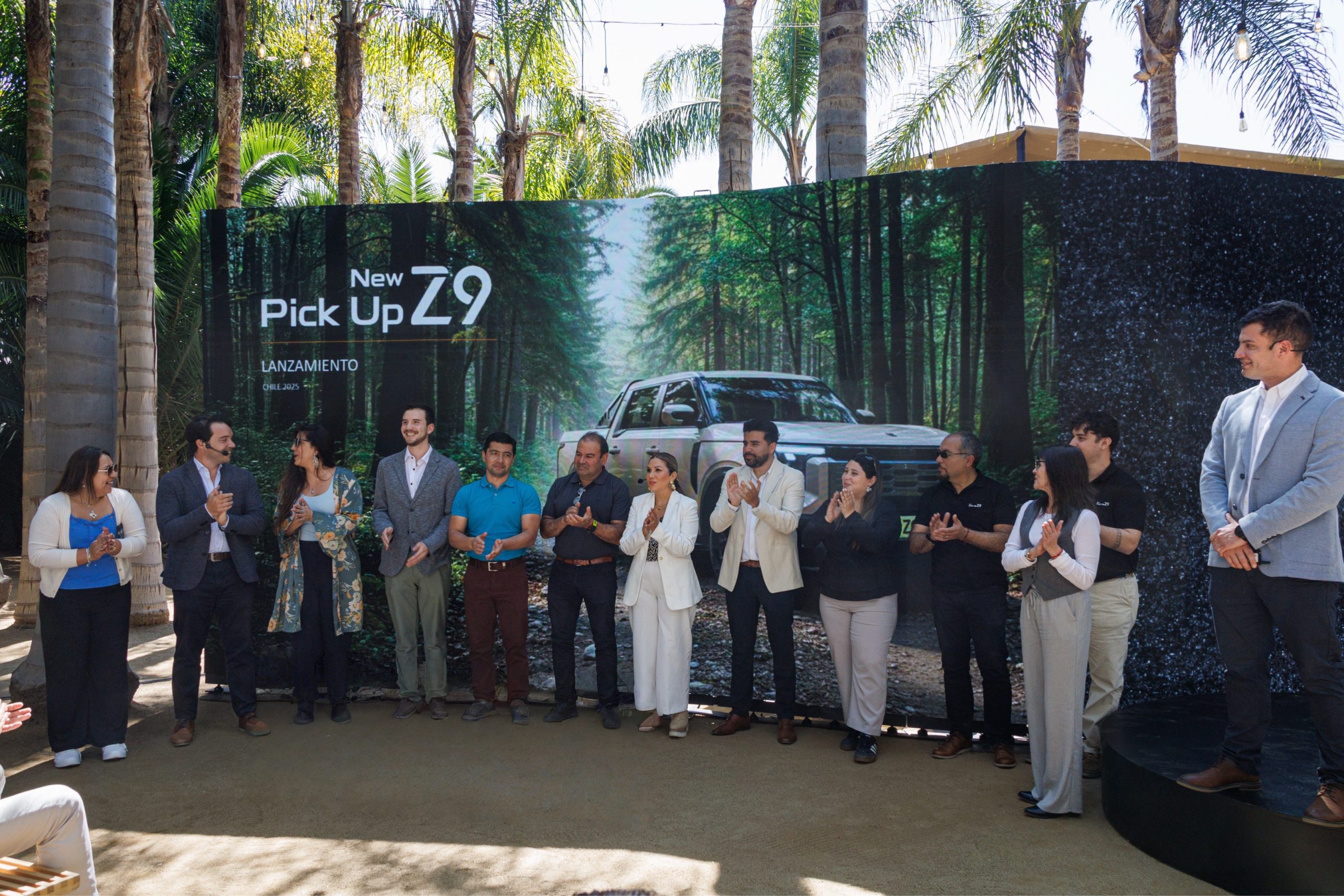EV pickup truck manufacturers in China design with buyer confidence in mind from day one. This guide takes a factory-floor view of the buying process. It shows you how to read specs, compare trims, and match a truck to real routes and loads - so decisions feel simple, not risky.
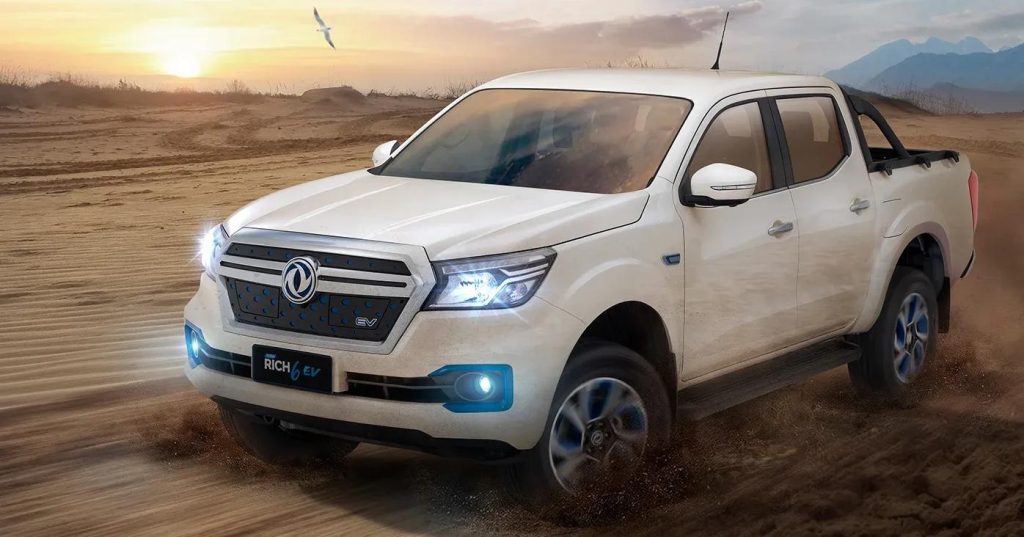
How EV Pickup Truck Manufacturers Build Buyer Confidence
Inside a plant, every choice runs through the same filter: real daily use. Range, torque, safety, and uptime matter. But comfort, clear interfaces, and predictable service matter just as much. We focus on components that are easy to maintain, electronic systems that assist - not distract - and specs that reflect real scenarios like commute-plus-jobsite days, cold starts, and repeated stop-go cycles.
When overseas buyers evaluate a short list, they often face the same friction points: mixed measurement units, unclear battery chemistry, and vague "estimated” ranges. Manufacturers can remove that friction with transparent data, standard feature sets, and support that begins before the first unit ships. Pre-delivery checklists, charge-planning by route, and technician briefings turn a spec sheet into a reliable work plan. That is the mindset behind the model spotlight below.
✅ Pain points we address for global buyers
- Spec clarity: dimensions, bed size, curb and gross weights, and battery chemistry are stated up front.
- Usable range context: standardized figures are paired with route planning to set expectations.
- Durability first: proven suspension layouts and four-wheel disc braking for repeatable stops.
- Cabin practicality: supportive seating, automatic AC with pollen filter, and intuitive displays.
- Safety layers: airbags and electronic aids; higher trims add stability and traction features.
Model spotlight: Zhengzhou Nissan RICH 6EV (Manufacturer View)
The Zhengzhou Nissan RICH 6EV is built as a high-power, long-range, safety-focused pickup for urban duty with light off-road needs. Both 2WD variants - EV ESP and EV ABS - share a robust footprint: 5290x1850x1820 mm overall size, 3150 mm wheelbase, 1570/1570 mm tread, and 180 mm minimum ground clearance. The cargo box is 1510x1562x475 mm, sized for daily hauling without compromising maneuverability. G.V.W. is 3220 kg, curb weight is 1955 kg, max gradeability is 30%, and seating is for 5. These figures let fleet planners slot the truck into existing parking, dock heights, and hilly routes with confidence.
• Powertrain and Range You Can Plan Around
A high-efficiency motor delivers 120 kW max power and 420 Nm max torque, which supports clean launches and steady merging even with tools or materials on board. Buyers can choose between two battery chemistries. The EV ESP variant uses lithium-iron phosphate (LFP); the EV ABS variant uses ternary lithium. Both include a battery heater, a small feature that matters on cold mornings when you need predictable performance. Rated range (NEDC) is up to 400 km for EV ESP and 350 km for EV ABS. A reducer integrated into the rear axle simplifies the driveline and reduces complexity for service teams. The knob-type shift lever keeps operation intuitive in stop-go traffic, reducing mis-shifts and focus drift.
• Chassis, Safety, and Everyday Control
Underneath, the RICH 6EV pairs a front double-wishbone independent suspension with rear steel springs. Service technicians know these layouts, and parts flows are straightforward. Four-wheel disc brakes are standard for consistent stops. Safety equipment includes double airbags, TPMS, LED daytime running lights, front and rear fog lamps, a rearview camera, and parking sensors. The EV ESP adds a full ESP suite (ABS+EBD+TCS+VDC+HBA+HHC+RMI) for stability, traction, and hill control. The EV ABS carries ABS+EBD for confident braking. Electronically adjusted headlamps and an interior anti-dazzle mirror support night driving. Tires are 255/60 R18 (enhanced), balancing stance, load, and ride.
This mix is not about chasing exotic tech. It is about stable, repeatable behavior in the real world - backed by systems that protect drivers when conditions change fast.
• Cabin Comfort and Practical Touches
The cabin is designed for long days. The driver's seat offers 4/6-way manual adjustment in black leather and an adjustable leather steering wheel to dial in posture. Automatic AC with pollen filter keeps air quality consistent. A 3.5-inch multifunction display (single color) gives status at a glance without visual clutter. The 7-inch multimedia system supports Bluetooth and phone mirroring (Carlife) through four speakers, enough for calls, navigation prompts, and quick training clips.
Everyday convenience features include intelligent keyless entry with one-button start and immobilizer, four power windows with anti-pinch on the driver's side, map/reading lights, a glasses box, and electronic parking. AUTOHOLD is standard on EV ESP. Outside, you get chrome-plated door handles, a body-color front bumper, and a split front grille with chrome accents and DC+AC charging ports. For utility, a rear cargo protective rack (exterior rope hook) and side pedals are standard; an anti-rust bed coating is optional. These touches save time on site and cut the micro-fatigue that creeps in during long shifts.
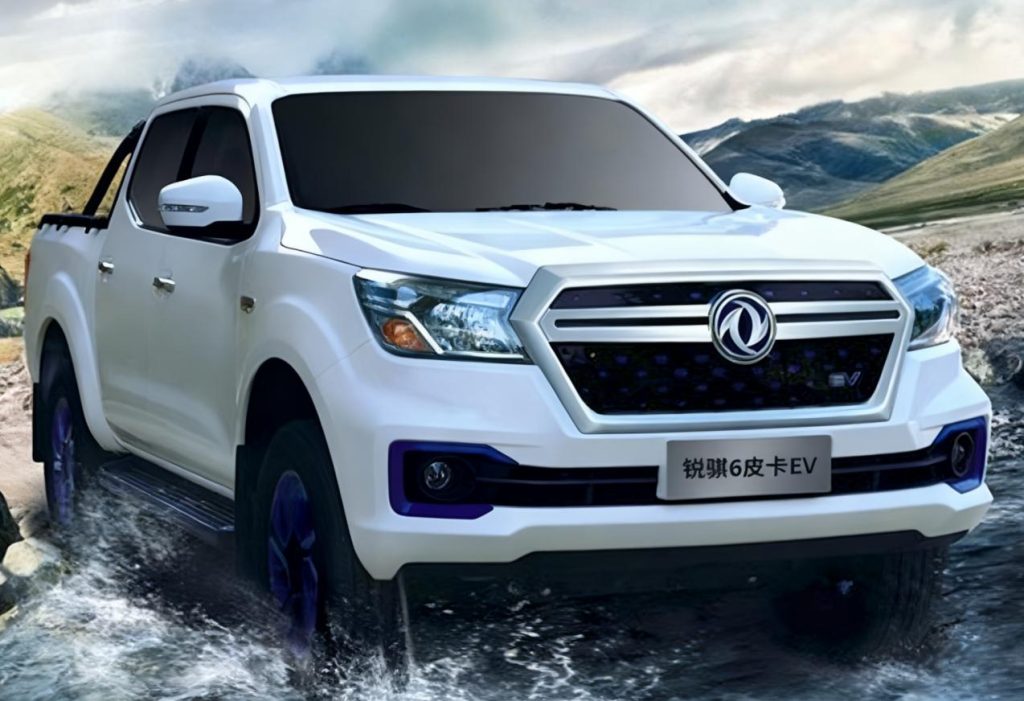
How to Evaluate EV Pickup Truck Manufacturers (Checklist + Next Steps)
Choosing among EV pickup truck manufacturers becomes straightforward when you align specs with duty cycle. Start with routes: daily kilometers, topography, and charge windows. Then match chemistry and trim to the route. LFP in the EV ESP favors durability and predictable charge behavior across many cycles. Ternary lithium in the EV ABS serves a different energy density profile. Both are valid; your charging plan and margin decide the better fit. Consider where the truck will live at night, how often it carries near G.V.W., and how many stops the driver makes per hour. Also confirm integration details: parking dimensions, dock heights, and lift-gate workflows. The goal is not peak numbers; it is predictable performance day after day.
✅ Buyer Checklist
- Fit and footprint: confirm the 5290 mm length and 3150 mm wheelbase suit parking bays and loading docks.
- Bed and gear: verify the 1510x1562x475 mm cargo box meets tool and pallet needs.
- Route margin: choose 400 km (EV ESP) or 350 km (EV ABS) NEDC with a buffer for weather and load.
- Control systems: decide if you need the ESP suite or if ABS+EBD covers your use.
- Service familiarity: plan around double-wishbone front, steel-spring rear, and four-disc brakes.
Next steps and CTA
If you are shortlisting EV pickup truck manufacturers or planning a pilot fleet, align the spec with your route map and charging windows. Ask for three items from the factory team: a standard vs. optional equipment list, a route-based charging plan, and a sample pre-delivery inspection checklist. Ready to go deeper on the RICH 6EV? Contact our manufacturing team for the complete spec, variant guidance, and a pilot rollout timeline. We will help you pick the right chemistry, validate routes, and get trucks earning from day one.
